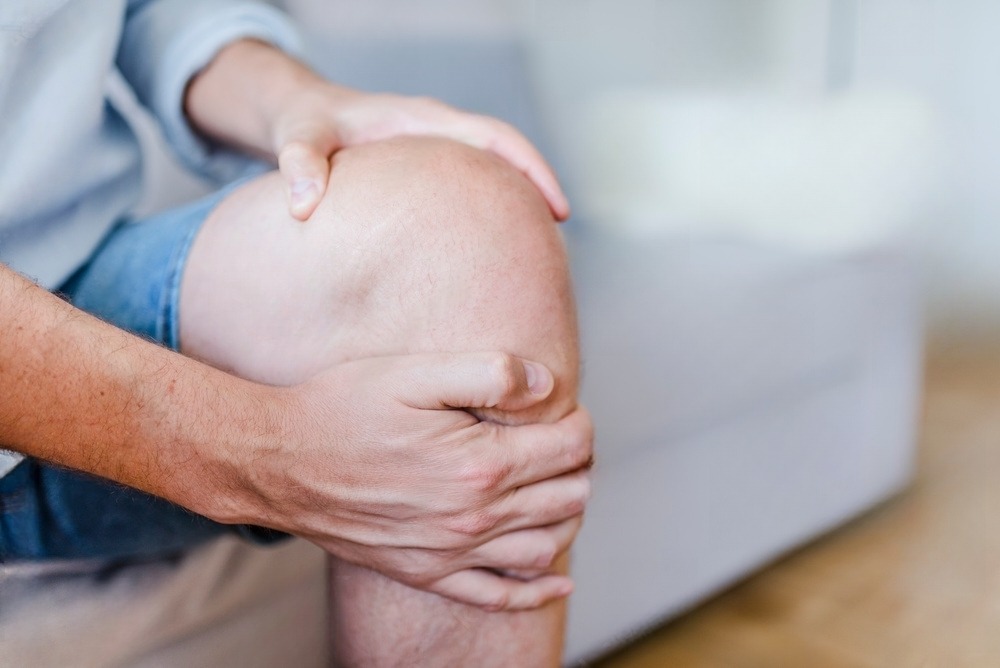
Knee Pain? Here's How Physios Treat Common Knee Complaints
Many people are unsure if a Physio can help with their specific issue. Let’s talk about how physiotherapists treat common knee complaints. From understanding the causes of knee pain to exploring physiotherapy knee pain treatments, we’ll provide insights for athletes, active individuals, and anyone experiencing knee discomfort. Let’s dive in!
Understanding Knee Pain
Knee injuries are very common and range from acute injuries related to sport or a fall, to degenerative injuries related to overuse or age.
Athletes and active individual can be more prone to sports-related injuries like ligament tears (such as the anterior cruciate ligament or ACL) and meniscal tears that are frequently encountered in sports that require pivoting and change of direction like AFL, Soccer, Netball and basketball. Overuse injuries, such as patellofemoral pain syndrome, ITB friction syndrome and tendon pain can result from overuse/over-load, an example of this might be suddenly adding lots of hills into your regular walks. Additionally, knee osteoarthritis, a degenerative condition of the cartilage in the knee, is a prevalent cause of chronic knee pain.
Symptoms of a knee injury may include pain, swelling, stiffness, instability, limited joint mobility, clicking, catching, locking and pain with weight-bearing. Physiotherapy exercises for knee pain address all of these issues.
The Role of Physiotherapy in Knee Pain Management
Physiotherapy plays a vital role in managing knee pain and injuries. Physiotherapists possess expertise in assessing and treating musculoskeletal conditions. Through various modalities like hands-on therapies, exercise prescription, biomechanical analysis and advice, your physiotherapist in Melbourne will work with you to reduce your pain, improve your knee joint function, and get you back to your sport or activity that you love.
Some knee injuries may require imaging such as an MRI to make a final diagnosis and/or to aid your Physio in determining the best treatment pathway for you. If this is the case, your Physio can provide you with an appropriate referral.
Common Knee Complaints and Physiotherapy Treatments for Knee Pain
- Ligament Injuries: Physiotherapy treatment for ligament injuries, including ACL, PCL, MCL and less commonly LCL tears, focuses on reducing swelling, regaining knee range of motion, improving stability, retraining proprioception, and gradually reintroducing activities specific to your sport. Specifically, treatment may involve hands- on therapy to reduce surrounding muscle tension and assist in flexibility, bracing/taping to support the healing ligament and rehabilitation exercises to strengthen the surrounding muscles, improve balance and regain confidence with functional movements. In severe cases, surgery may be required, based on their assessment your Physio is in a position to advise whether a surgical opinion is required for your condition. Knee surgery is always followed by a comprehensive physiotherapy program for optimal recovery.
- Meniscal Tears: Physiotherapy aims to reduce pain and swelling, restore range of motion, and strengthen the surrounding muscles. Depending on the severity of the tear your Physio might recommend seeing an orthopaedic specialist to determine whether surgery to repair your meniscal tear will provide the most optimal recovery. In most cases surgery can be avoided.
- Patellofemoral Pain Syndrome: Treatment may involve hands-on treatment, dry needling, bracing/taping, and physio exercises for the knee to address contributing biomechanical factors around the hip, knee
- Baker’s Cyst: Physiotherapy aims to reduce swelling, improve joint mobility, and strengthen the surrounding muscles. Baker’s cyst can often co-exist with other knee issues like osteoarthritis.
- Patella Tendinopathy: Physiotherapy aims to reduce pain, improve tendon strength and function, and address contributing factors such as muscle imbalances, biomechanical issues and activity load.
- ITB Friction Syndrome: Treatment may involve hands-on treatment, dry needling, bracing/taping, exercises to address contributing biomechanical factors around the hip, knee and foot.
- Bursitis: Physiotherapy for knee bursitis involves reducing inflammation, modifying activities, hands- on treatment and prescribing appropriate exercises to address related biomechanical issues.
- Knee Osteoarthritis: Physiotherapy for knee osteoarthritis aims to alleviate symptoms, improve joint function, and enhance quality of life. Treatment may include hands-on treatment, exercises to improve biomechanics, joint protection techniques (taping or bracing), the research based GLA:D program.
- Osgood-Schlatter Disease: Treatment includes activity modification, strengthening exercises, stretching, and pain management techniques to address the symptoms and promote healing in growing adolescents.
Knee injuries are common and can be a huge burden on you daily life. Consult with one of our physiotherapists for a personalised treatment plan tailored to your specific needs. Take charge of your knee health and enjoy an active and pain-free life!






